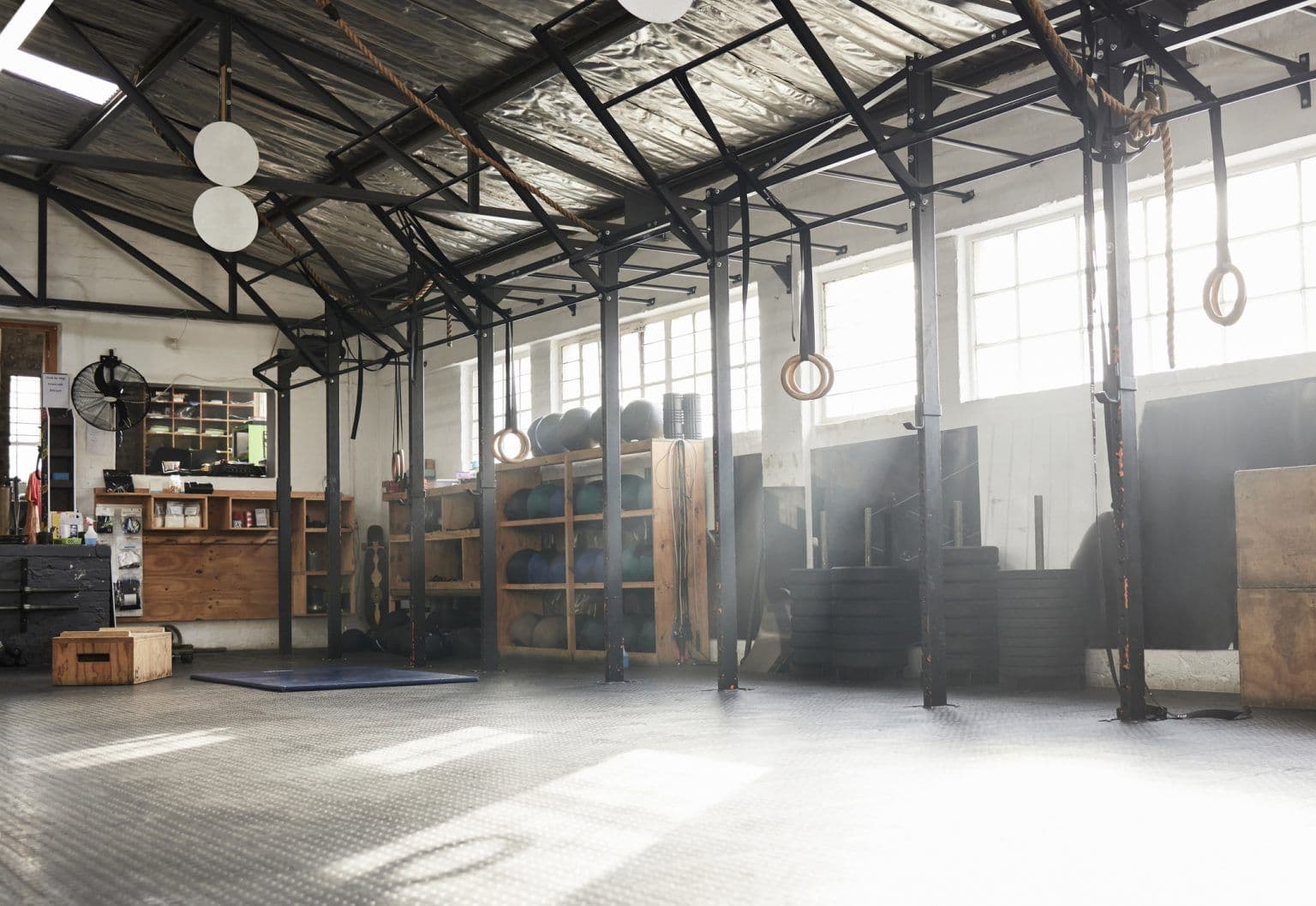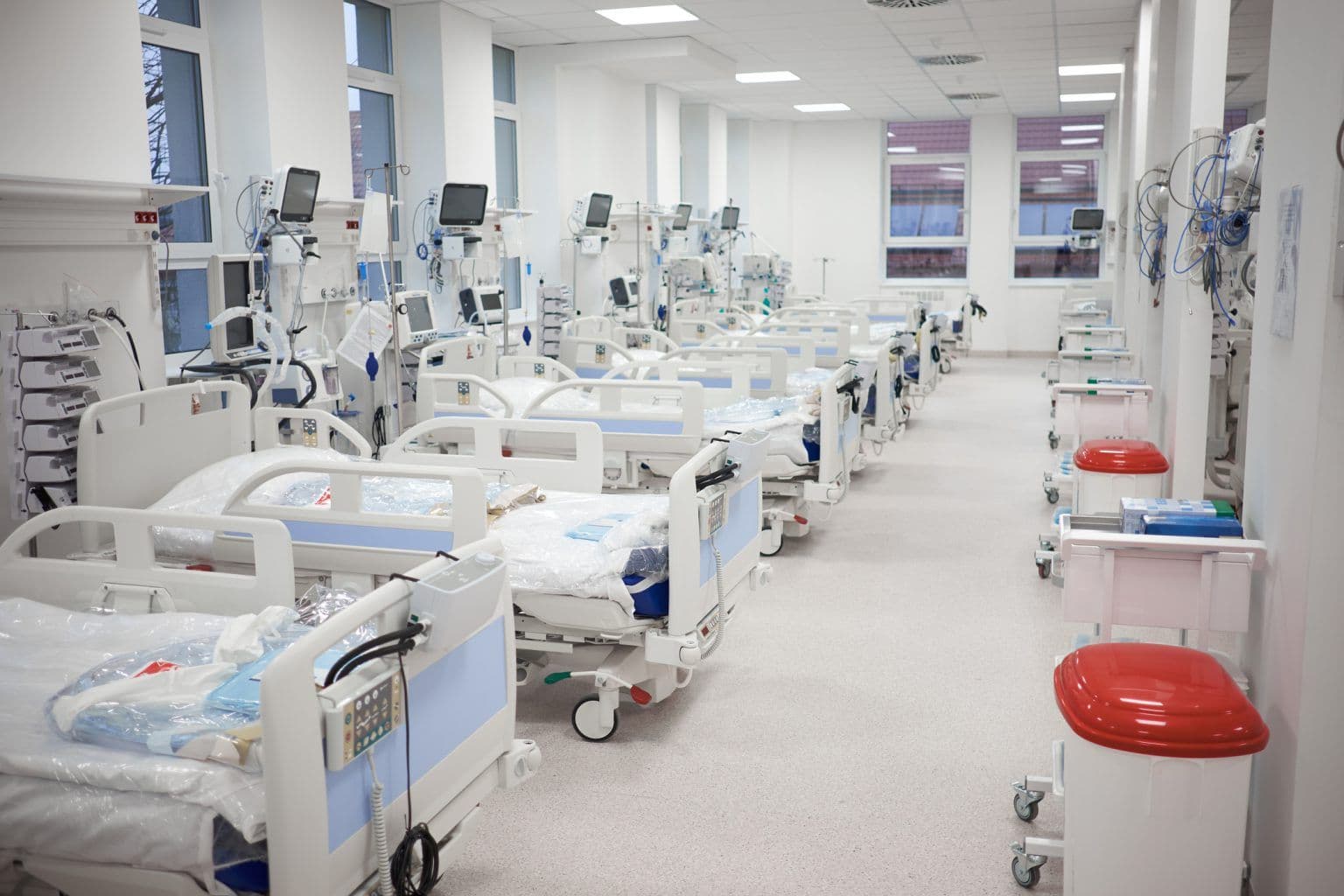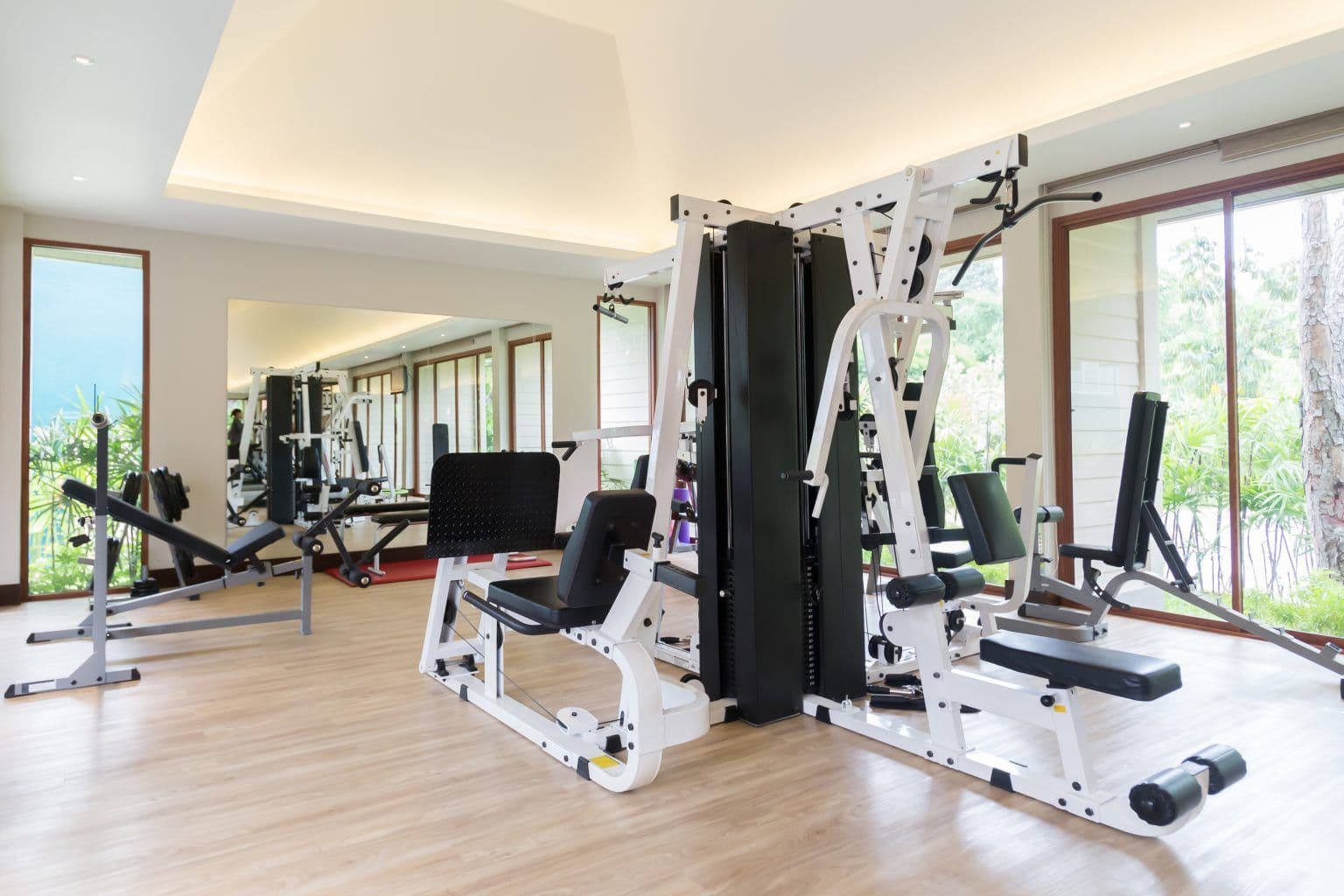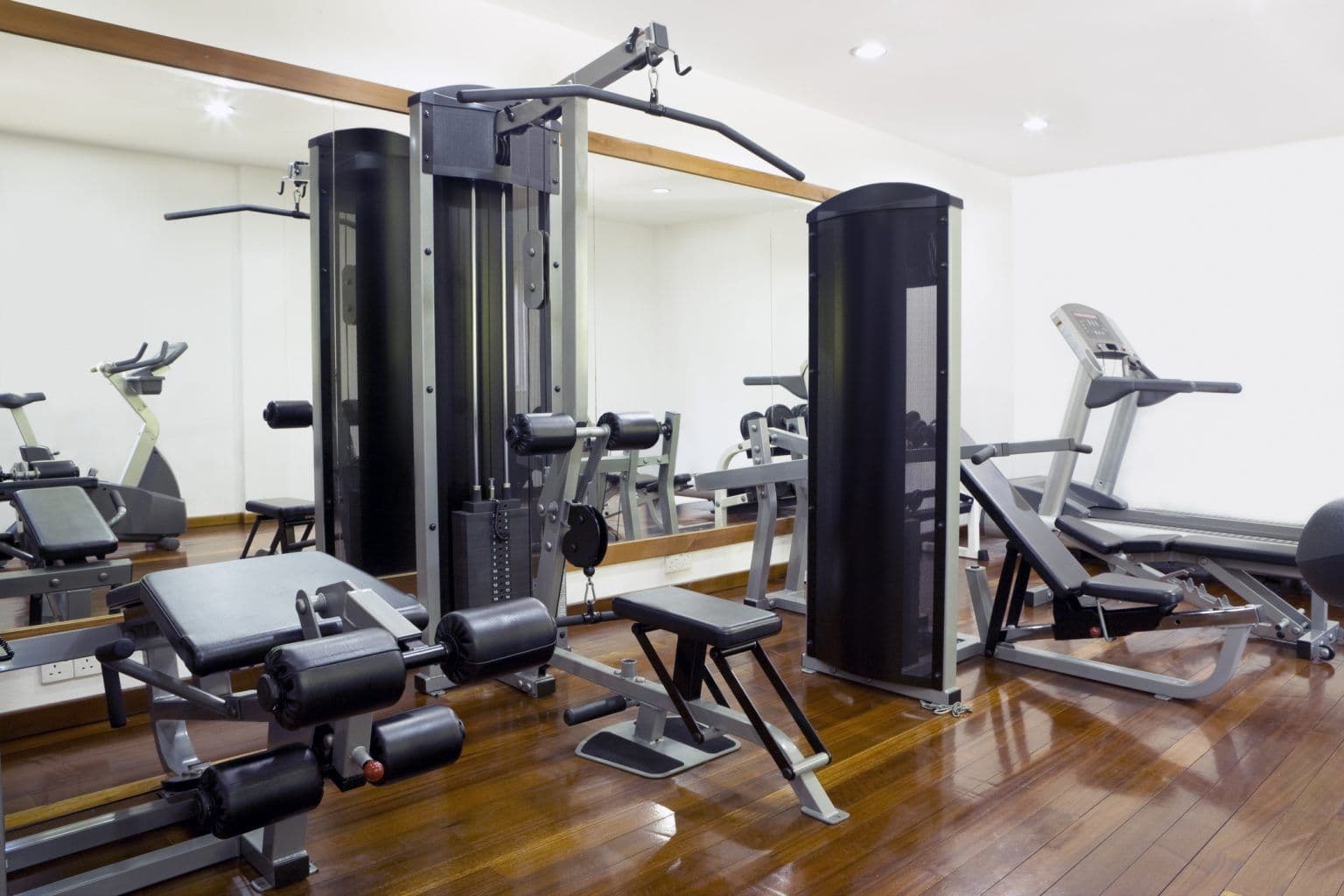Painting Resources for the Greater Columbus, OH Region
Benefits of Electrostatic Painting for Metal Fixtures and Equipment
Schedule Your Quote Today!
25% Off
Ends 10/31
By submitting this form, you consent to receive SMS messages and/or emails from our company. To unsubscribe, follow the instructions provided in our communications. Msg & data rates may apply for SMS. Your information is secure and will not be sold to third parties.
Metal fixtures and equipment in commercial and industrial spaces endure daily abuse. Friction, corrosion, moisture, chemical spills—these wear down even the toughest surfaces over time. Traditional brush or spray painting methods often fall short. They can result in uneven coverage, excess overspray, and short-lived finishes.
Electrostatic painting offers a smarter way to preserve and restore these surfaces. This highly targeted technique uses electrical charges to create a magnetic attraction between the paint and the metal surface. The result is uniform coverage, minimal waste, and a durable, professional finish.
In this guide, we’ll explore how electrostatic painting works, what makes it ideal for metal, and how it stacks up against traditional techniques.
What Is Electrostatic Painting?

You’ll have access to a ton of gym equipment
Electrostatic painting is a method where paint particles are electrically charged as they exit a specialized spray gun. At the same time, the metal object being painted is grounded, creating an opposing electrical charge. This polarity pulls the paint toward the surface—resulting in a clean, even coat that wraps around curves and edges without dripping or waste.
With a transfer efficiency of 60–98%, electrostatic painting dramatically reduces overspray. That means less paint wasted and fewer fumes released into the air. It’s commonly used with industrial-grade coatings like alkyds, epoxies, and polyurethanes that are engineered for strength, chemical resistance, and longevity.
This process works best on metal surfaces that conduct electricity well and have smooth or lightly textured finishes. It’s ideal for equipment and fixtures like:
Filing cabinets, lockers, and metal furniture
Elevator doors, stair railings, and entry doors
Machinery casings, HVAC units, and steel supports
Why It’s Ideal for Commercial & Industrial Environments
Durability, efficiency, and appearance all matter in high-use facilities. Electrostatic painting delivers on all three fronts.
1. Durable Finish for Harsh Use
The cured finish stands up to chemicals, abrasion, impact, and frequent cleaning. That makes it perfect for sectors like manufacturing, healthcare, hospitality, and retail. It keeps high-touch surfaces clean and professional-looking without frequent touch-ups.
2. Reduces Downtime and Disruption
Because electrostatic painting uses less paint and has little overspray, the process can often happen right on-site—without dismantling equipment or shutting down full sections of your facility. Most projects are done after hours or during scheduled closures to avoid interfering with daily operations.
3. Environmentally Responsible
High transfer efficiency means lower emissions and less material waste. Because you use less paint overall, you generate fewer volatile organic compounds (VOCs). Many coatings used today are also low-VOC by formulation, which helps meet environmental regulations and reduces indoor air quality concerns.
4. Extends the Life of Expensive Fixtures
Rather than replacing worn metal furniture, lockers, or machine enclosures, you can repaint them in place. That saves thousands in capital replacement costs and supports proactive maintenance plans.
Most Common Applications

Modern empty temporary intensive care emergency room is ready to receive patients with coronavirus infection.
Electrostatic painting is used across a wide range of industries. Here’s how and where it makes a difference:
Industry | Fixtures/Equipment Repainted | Why It’s Effective |
Commercial Office Buildings | Elevator doors, stair railings, file cabinets | Refreshes appearance with minimal mess or disruption |
Healthcare Facilities | Medical carts, bed frames, exam tables | Provides smooth, hygienic finishes that resist germs |
Hospitality/Hotels | Patio furniture, window frames, door trim | Enhances aesthetics in high-visibility guest areas |
Food & Beverage Plants | Steel workstations, machine guards, shelving | Resists moisture, heat, and aggressive cleaning agents |
Schools & Institutions | Lockers, cafeteria tables, science lab surfaces | Withstands student use and frequent sanitation |
Retail & Grocery | Display racks, freezers, checkstand fixtures | Restores fixtures on-site to avoid service disruption |
This method adapts to most steel, aluminum, and iron surfaces. In-place application makes it ideal for keeping operations running smoothly.
Comparison: Electrostatic Painting vs Traditional Methods
Let’s take a closer look at how electrostatic painting compares to other common methods:
Electrostatic vs Conventional Spray Painting
Feature | Electrostatic Painting | Traditional Airless/Air Spray |
Coverage | Wraps around surfaces | Limited to line-of-sight |
Efficiency | 60–98% paint transfer | 30–60% paint transfer |
Overspray | Minimal | High, requires more masking |
Cleanup | Fast, localized | Messier and broader area affected |
Electrostatic vs Powder Coating
Feature | Electrostatic Painting | Powder Coating |
Application Site | On-site | Off-site only |
Heat Requirement | No heat needed | Requires curing ovens |
Turnaround Time | Quick (1–2 days) | Slower (includes transport + cure) |
Surface Prep | Light to medium | Usually requires sandblasting |
If you need a fast, mobile, low-disruption solution for refreshing metal, electrostatic painting is the superior option.
What to Expect During the Process

Small gym without people
Here’s what the typical project timeline looks like:
Pre-Application
A technician evaluates the space, ventilation, surface materials, and grounding options. Surfaces are then cleaned, degreased, and lightly sanded. Any rust is removed, and older coatings are checked for integrity.
Application
Using specialized electrostatic spray guns, the painter applies multiple light coats to build up a uniform layer. Because the paint is attracted to the surface, there’s little to no waste. Fixtures usually stay in place—no need to disassemble or transport them.
Dry Time & Re-Entry
Most electrostatic coatings dry to the touch within 30–60 minutes. Full curing usually takes 12–24 hours. Since the process uses low-VOC coatings, facilities can often resume normal operations the next morning.
Longevity, Maintenance, and Recoating
When done right, electrostatic finishes last significantly longer than brush or spray alternatives.
Lifespan: 5 to 10 years depending on surface prep and environment
Durability: Resists peeling, chipping, and fading
Maintenance: Smooth surfaces are easy to clean with mild soap and water
Recoating is usually only needed when high-touch areas like handrails, handles, or furniture show signs of dullness, wear, or metal exposure.
Smart Business Owner FAQs

Interior of sport club with equipment
“Will it interrupt operations?”
Minimal disruption is one of its biggest advantages. Most work is done overnight or in scheduled maintenance windows. The low overspray process means equipment can often stay in place.
“Is it more expensive?”
Upfront cost per square foot may be higher than traditional paint jobs—but the long lifespan, faster completion, and reduced maintenance costs make it a smart investment.
“Does it work on all metals?”
Best results are seen on steel, aluminum, and iron. It doesn’t bond as well to plastic, wood, or non-conductive materials unless treated or grounded specially.
“Do I need to strip old paint first?”
Not necessarily. As long as the existing paint is intact and clean, new electrostatic paint can be applied over it with good adhesion.
Conclusion
Electrostatic painting is a precision-driven, cost-effective solution for businesses that want their facilities to look sharp, stay protected, and minimize disruption. Whether you’re maintaining industrial machinery or refreshing office fixtures, it offers unbeatable value, speed, and durability.
If you’re a facility manager, property owner, or business operator looking to extend the life of your metal assets, consider making the switch.
Need help evaluating your project? Contact our commercial painting team today for a walkthrough and customized quote. We’ll help you protect your investment with clean, efficient, and professional results.
May 31, 2025
About the Author: Joseph Steele
Hi, I’m Joseph Steele, with Sharper Impressions Painting. We proudly offer high-quality interior and exterior painting services for homes and businesses in Atlanta, Columbus, Orlando, Indianapolis, Kansas City, and Nashville. From cabinet painting to deck and fence staining, we’re here to enhance your space. Learn more about us here.
See what others have to say
Above All, Our Customers Come First…
Sharper Impressions Painting is a painting contractor with over 32 years of residential painting experience along with an impressive reference list from satisfied customers. Your home is your most valuable asset and our respectful painting team will make it look great and keep it protected for a long time.
Our Locations

